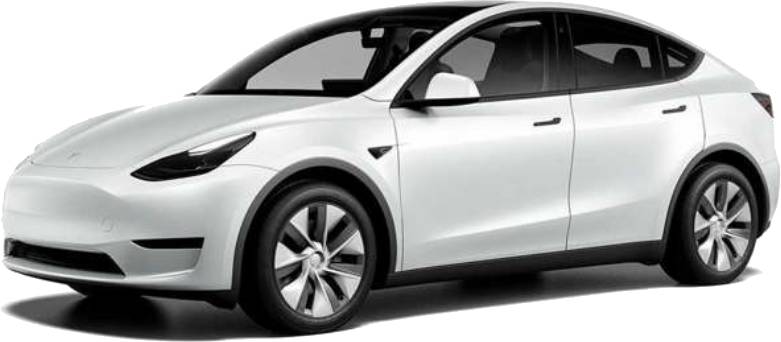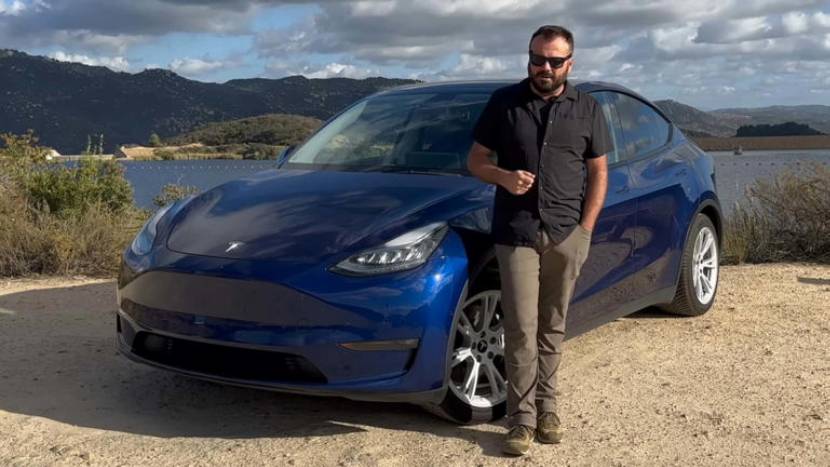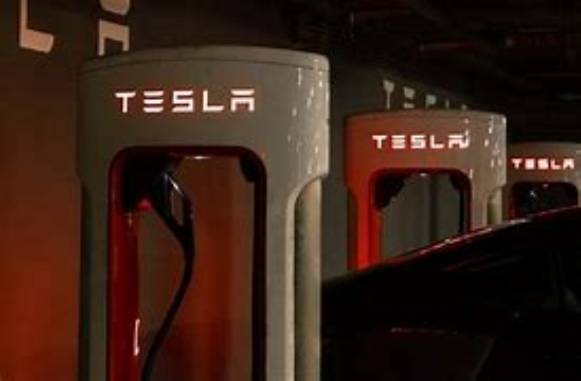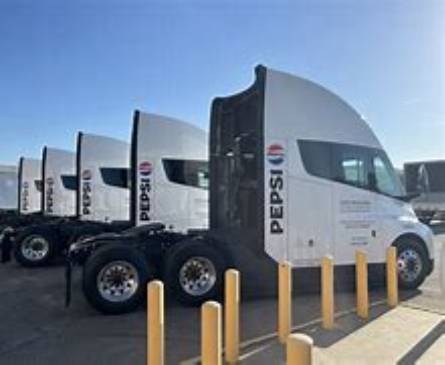
It was all done under warranty, but that will expire soon. So what happens if the battery needs replacing again?
A dead EV battery is unpleasant, to say the least. Last month we wrote about an Uber driver’s Tesla Model 3 that conked out after 120,000 miles and 15 months. Well, now we found out about another Tesla that fared much worse.
The Model Y you see in the video embedded above, published on the Out of Spec Guide YouTube channel, is also used in the ridesharing business, driving about 40,000 to 50,000 miles every year. But that’s not something so out of the ordinary among rideshare drivers. Having the high-voltage battery replaced twice in two years is.
The car was bought in April 2021 and after almost a year of owning the Model Y, during which roughly 40,000 miles were added to the odometer, the EV started to display fewer and fewer miles of driving left on a full battery charge.
Initially, the car had 326 miles of range on a full charge, but things got so bad that in a week the estimated range went to a little over 260 miles. Eventually, the Tesla threw an error code that read, “BMS_a066. Maximum battery charge level and range may be reduced.”
Another week later, the car decided it wouldn’t charge anymore. It was at this point that the owner decided to schedule a service appointment with Tesla to find out what was going on with his car–remember, he earns a living driving it.
The technician concluded that the high-voltage battery pack needed to be replaced, and it would all be done under warranty, as the EV was just one year old. That’s all good, but as the owner later found out, he didn’t actually get a brand-new battery. Instead–as he puts it–if the battery is replaced under warranty, Tesla will give you a remanufactured pack that’s made with salvaged cells instead of new ones.
Understandably, it was a bit frustrating because as the owner says in the video, when you get your bumper replaced under warranty, you get a new bumper, not a remanufactured one.
Fast-forward six months and 20,000 miles, and the car throws the dreaded BMS code once again on the screen, indicating that the replacement battery pack failed, too. This second time, the owner went to a different Tesla service center, where he was told that a new battery pack had been ordered and that it would be in the car, ready to go, in about two to four weeks.
In the end, the whole process took just about a week, and now this third battery pack seems to be a winner. The owner has put the most amount of miles on it compared to the two previous packs, so it looks promising.
However, he is getting close to the point where the battery won’t be under warranty anymore, seeing how he has about 110,000 miles on the odometer and the warranty expires at 120,000 miles.
So he’s understandably worried about having to pay over $10,000 out of pocket if the third battery pack goes bad after the warranty expires, considering his previous experience.
Special Note:
We recently looked at a study pitting a fully charged Ford F-150 pickup truck against a new Tesla pickup truck. We were wondering how far you could go on an electrically powered pick-up. Both vehicles were towing a 6,000 pound payload. The answer is that the Tesla had to be charged after 85 miles. That’s right 85 miles and then it took 2 hours to recharge it. We do not think these vehicles are useful for construction and business people which is where most pickups are used.


